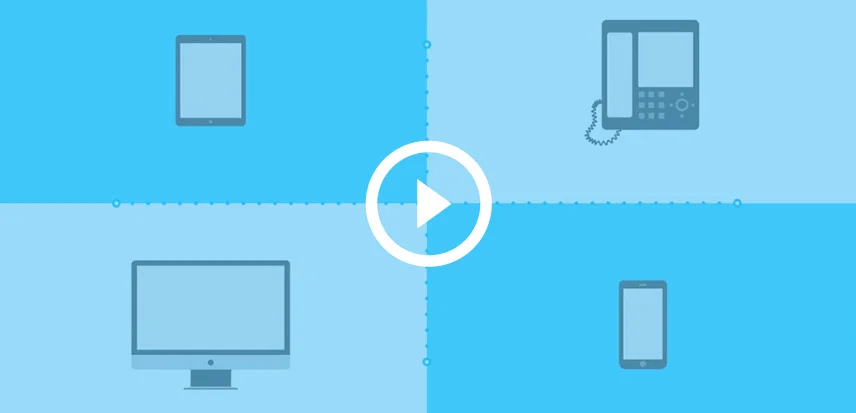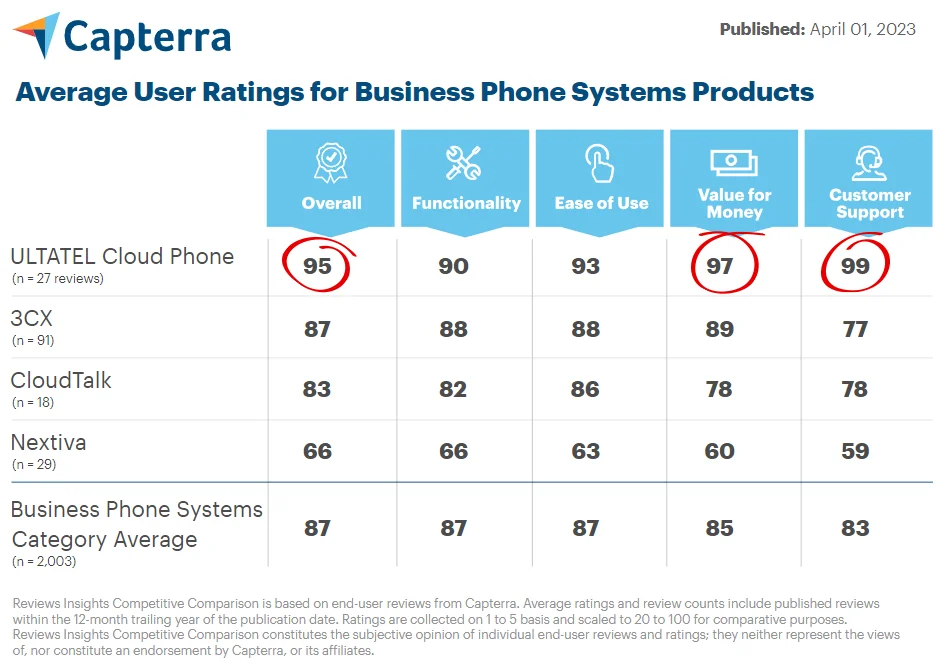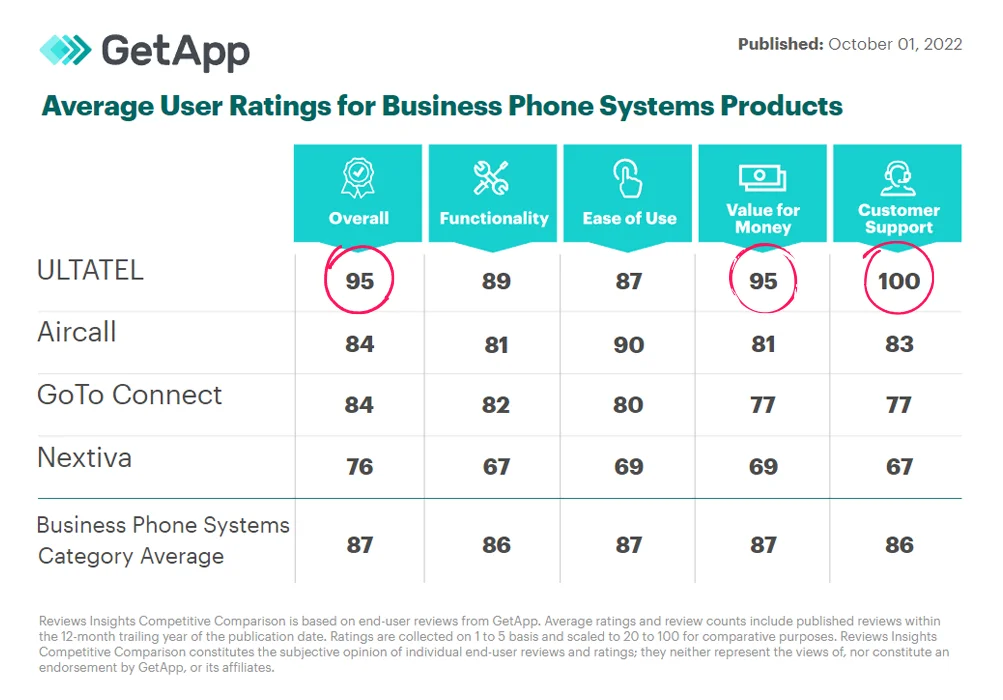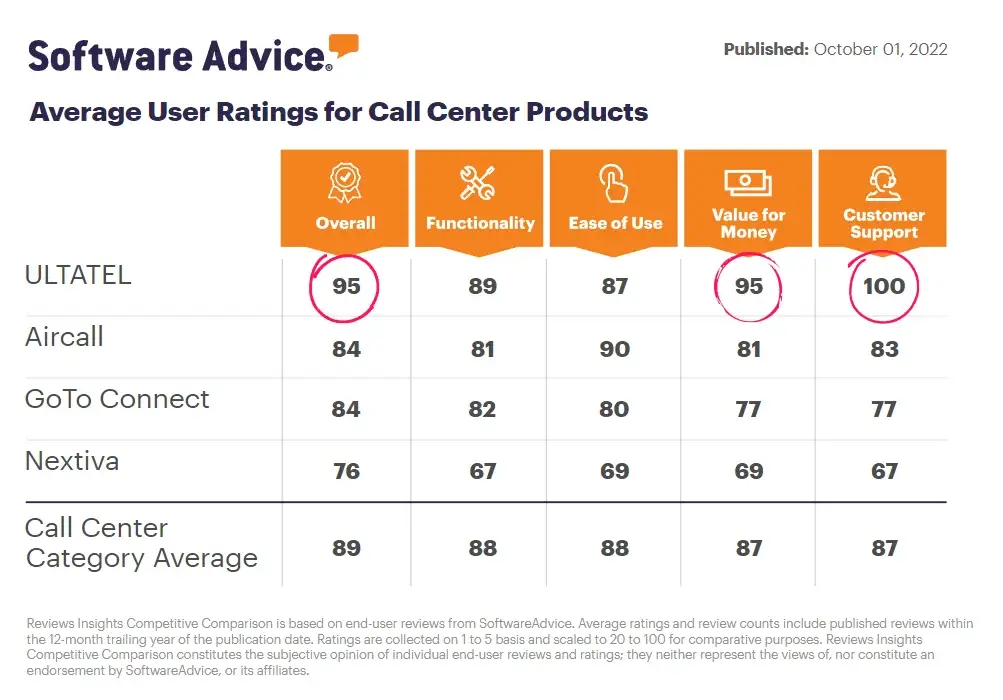What is Jitter?
Jitter is the time difference in milliseconds between two consecutive packets. When data is transferred over the internet, it is broken up into small packets and then sent out.
If these packets arrive at their destination in a different order than they were sent, or if there are delays between them, this causes jitter, which can degrade the quality of the call massive and affect the overall customer service experience your agents provide.
Why Does Jitter Matter?
Jitter matters because when you are making VoIP calls, each packet needs to arrive on time in order for the conversation to sound natural without any hesitation or lag.
If a packet arrives too late, it will cause an unpleasant echo on the line. If packets arrive too early, it can create a robotic sound.
Jitter can also cause dropped calls and make it difficult for your agents to understand what the customer is saying.
What is Considered Good Jitter?
The goal is to have as little jitter as possible. For call quality to be perfect, around 10ms is excellent. However, in most cases – anything under 30 milliseconds is generally considered to be good.
If the jitter your customer service agents are facing is higher, then the quality of calls and overall customer satisfaction can reduce dramatically.
How Can I Improve My Jitter?
There are a few things you can do to improve your jitter. Arguably the best thing you can do is use a wired connection instead of WiFi as this will reduce the chances of packet loss and help keep your jitter low.
If you must use WiFi – then you should use a higher quality internet service. A higher-quality internet connection will have less congestion and thus provide fewer delays for your packets.











